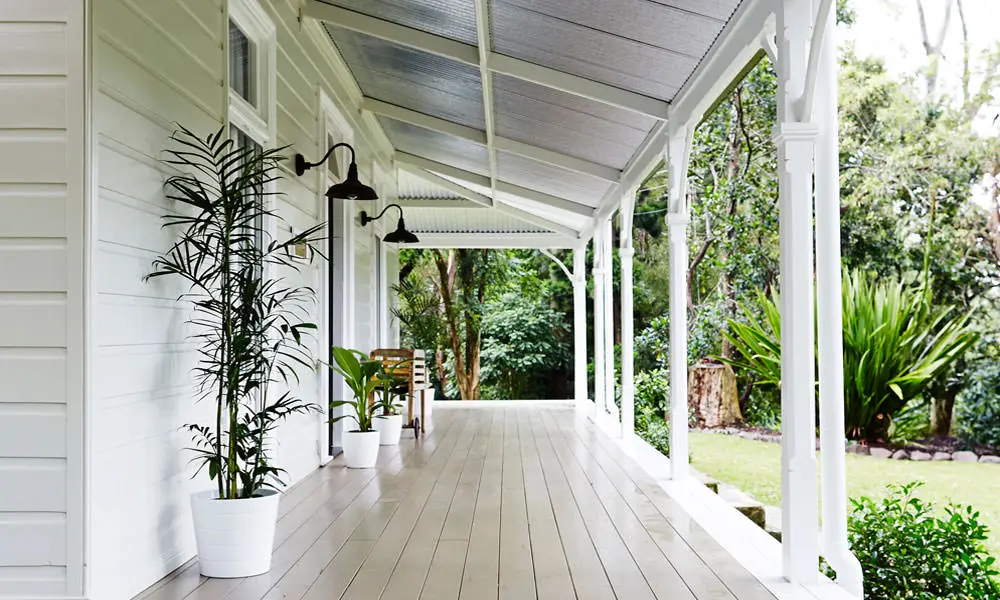Before building a deck, a thorough site assessment is essential. Addressing site assessment challenges helps prevent delays and ensures the deck is safe and stable. Professional deck companies evaluate the area to identify potential issues like uneven ground, soil conditions, drainage problems, and structural obstacles. This careful evaluation allows builders to plan effectively, reducing the risk of surprises during construction.
Find below five ways a well-assessed site leads to a smoother project, better design decisions, and a deck that stands strong for years to come.
Identifying ground and soil conditions
The stability of your deck starts with the ground it is built on. During a site assessment, deck builders check the soil type and ground conditions. Some soils, like clay or loose sand, may shift over time, affecting the deck’s foundation. By identifying these issues early, builders can take steps to reinforce the foundation, such as using deeper footings or additional support posts.
Evaluating drainage and water flow
Proper drainage is critical to a deck’s longevity. Water that pools around the deck’s foundation can cause wood rot, mold, and structural damage. Deck companies assess the site to see how water flows during rain and identify any drainage problems. They may suggest grading the land, installing drainage systems, or using water-resistant materials.
Considering slope and elevation challenges

Many outdoor spaces are not perfectly flat, which can pose challenges during deck construction. A site assessment helps deck builders evaluate the slope and elevation of the area. If the ground is uneven or sloped, they can design the deck to accommodate these features safely. Solutions might include multi-level decks, elevated platforms, or reinforced support systems.
Checking for underground utilities and obstacles
Safety is a top priority when building a deck, especially when digging for footings. Site assessments include checking for underground utilities like gas lines, water pipes, and electrical cables. Builders often contact local utility companies to mark these lines before construction begins. Identifying underground obstacles early prevents accidents, avoids damage to important infrastructure, and keeps the project on schedule without unexpected delays.
Assessing existing structures and surroundings
If you are adding a deck to an existing structure, it is important to assess how the new deck will connect to your home. Builders inspect the exterior walls, foundation, and nearby structures like fences or sheds. They also consider surrounding elements like trees, gardens, or property lines.
The conclusion
A thorough site assessment is the foundation of a successful deck-building project. Deck companies use this process to identify potential challenges with soil, drainage, slope, and existing structures. By addressing these issues early, builders can prevent delays, reduce unexpected costs, and ensure the deck is safe, stable, and durable. When site assessments are done right, homeowners enjoy peace of mind knowing their deck is built to last.

